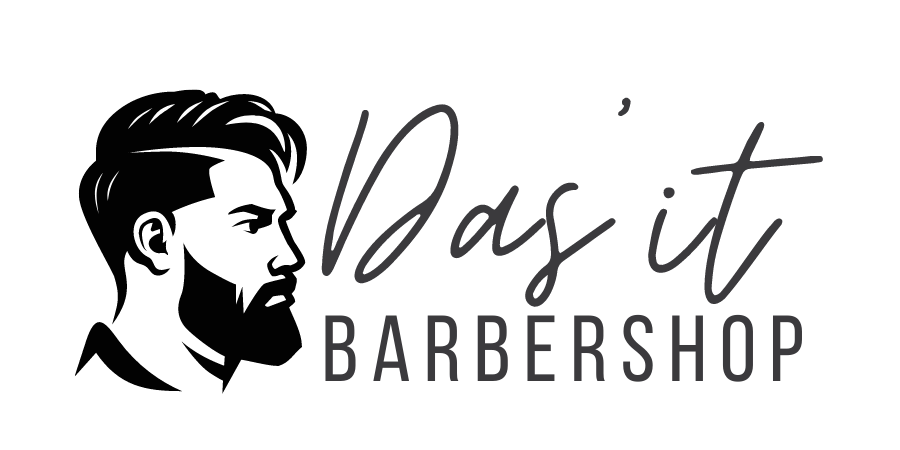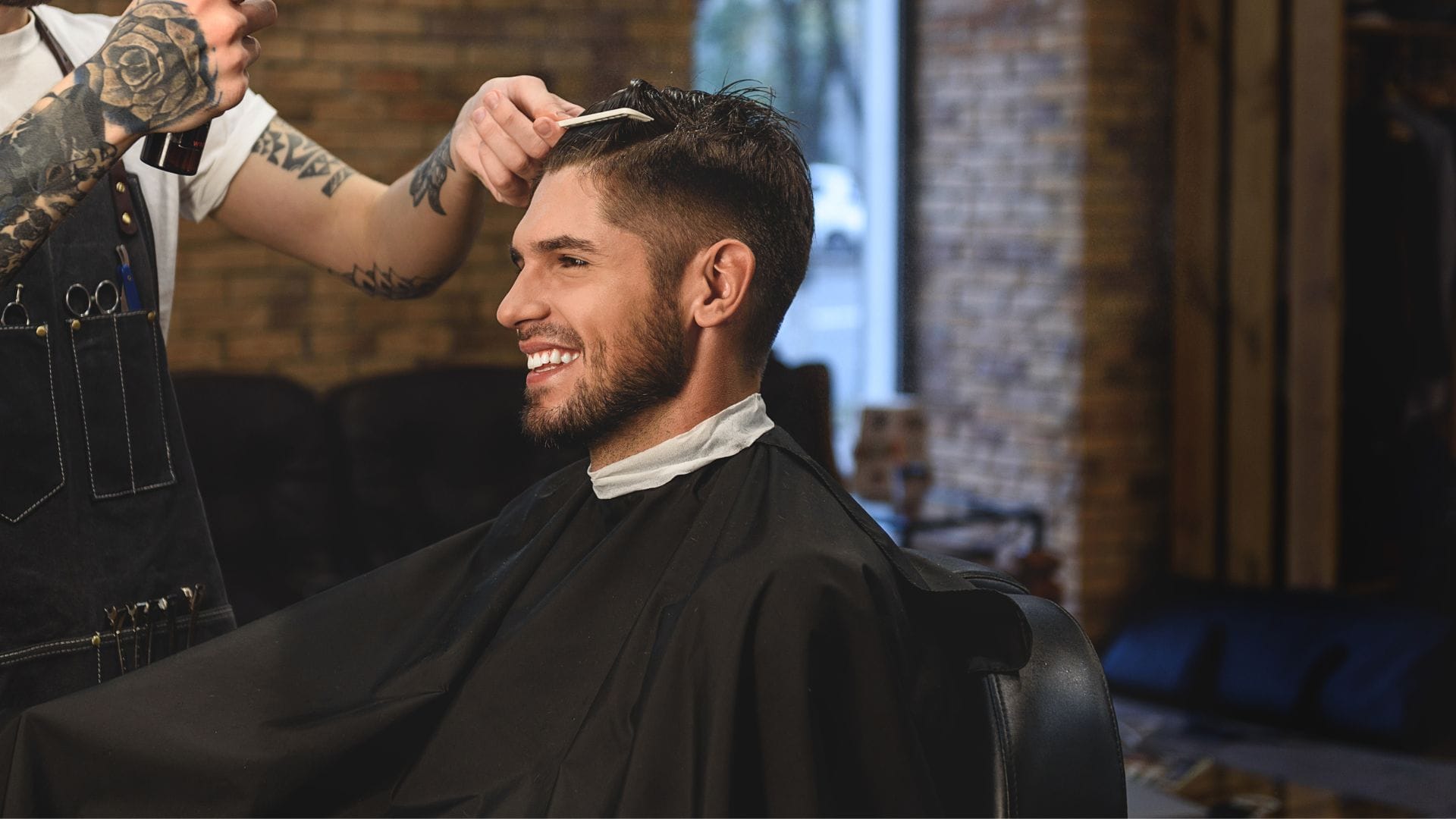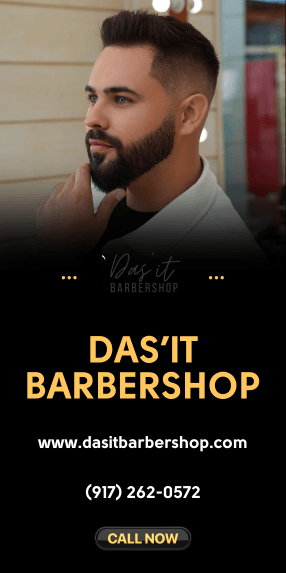Choosing between a barber and a stylist is a pivotal decision for anyone invested in grooming and personal style. Barbers predominantly specialize in cutting men’s hair and are trained in the traditional art of creating clean, sharp cuts, straight-razor shaves, and maintaining various facial hair styles. They are well-versed in classic and contemporary barbering techniques that emphasize precision and detail, tailoring services to suit masculine features.
On the other hand, stylists often cater to a broader clientele, offering a wider range of services that include cutting, coloring, and styling hair for both men and women. They bring a creative flair to hair care, often focusing on the latest trends and personalized styling solutions to enhance individuality. For someone in New York or any bustling city where barbershops and salons abound, understanding these fundamental distinctions is crucial.
It not only guides you in choosing the right professional for your needs but also enriches your haircare journey, ensuring that the results align with your personal aesthetic goals. Whether seeking a reliable barber to maintain a timeless look or an innovative stylist for a fresh transformation, knowing what each professional offers can dramatically enhance your grooming experience.
1.Training and Education
Barbers and stylists undergo distinct training paths that reflect their specialized fields. Aspiring barbers typically attend barber schools, where they receive education focused predominantly on hair cutting, styling, and traditional shaving techniques. This specialized training emphasizes the mastery of skills tailored to men’s grooming needs, such as creating precise, sharp cuts and executing straight-razor shaves. Barber programs also impart knowledge about maintaining various facial hair styles, ensuring that students are well-equipped to tailor their services to accentuate masculine features.
In contrast, stylists usually enroll in cosmetology schools, where the curriculum covers a broader spectrum of beauty services. Their education encompasses not only hair cutting and styling techniques but also intensive training in coloring processes and the latest trends in women’s hairstyling. This comprehensive approach provides stylists with the creative skills necessary to offer personalized services that enhance individuality through innovative solutions. As a result, stylists are adept at catering to a diverse clientele, providing beauty and grooming services that cross traditional gender lines.
2. Tools and Techniques
Barbers usually prefer clippers and razors, which are essential for executing their precise cutting methods. These tools allow them to achieve sharp, clean edges and close shaves, which are hallmarks of traditional men’s grooming. Clippers, with their adjustable guards, are ideal for creating uniform and gradient fades, a popular style choice among men. Razors, particularly straight razors, are used for executing the classic close shaves that require a steady hand and experienced technique. This reliance on these specific tools enables barbers, such as those based in New York, to excel in delivering classic cuts that meet their clients’ exacting standards.
On the other hand, stylists often rely on an array of scissors and customizable styling tools to achieve a variety of looks suited to different lengths and textures. Scissors provide versatility and control, enabling stylists to create softer, layered styles that accommodate a broader range of hair textures and preferences. Styling tools such as curling irons, flat irons, and blow-dryers further enhance a stylist’s ability to transform hair into innovative and on-trend styles. This wide-ranging toolkit ensures that stylists can tailor their approach, offering personalized solutions that accentuate individual features and adapt to current fashion trends. Thus, while barbers and stylists may share common goals, their tool preferences underscore the unique techniques they bring to the grooming experience.
3. Services Offered
Barbers provide services that are deeply rooted in traditional grooming practices tailored predominantly to men. Their primary offerings include classic haircuts that often encompass styles such as fades, crew cuts, and pompadours, which are executed with precision to maintain a sharp and clean aesthetic. Beard grooming is another cornerstone of barber services, where barbers skillfully shape and trim beards to complement facial features, often incorporating hot towel treatments to enhance the experience. Traditional shaves using straight razors provide a close and smooth finish, epitomizing the meticulous attention to detail for which barbers are renowned.
On the other hand, stylists cater to a broader clientele with a more expansive suite of services that includes hair coloring, treatments, and extensions. Hair coloring services span from natural-looking highlights and lowlights to bold, fashion-forward shades, allowing clients to express their individuality. Treatments such as deep conditioning, keratin treatments, and scalp therapies address a variety of hair health needs, enhancing texture and strength. Extensions offer clients the opportunity to instantly change their hair length and volume, providing flexibility in styling options. Through this diverse range of services, stylists accommodate various aesthetic preferences, ensuring personalized care that aligns with each client’s unique vision.
4. Atmosphere and Setting
The person who manages Traditional barbershops offer a classic ambiance that exudes a sense of nostalgia and comfort. Stepping into a barbershop often feels like stepping back in time, with interiors that typically include vintage leather chairs, polished wooden countertops, and antique barber poles twirling with the iconic red, white, and blue stripes. This setting is complemented by masculine decor elements like framed photographs of iconic hairstyles from past decades or shelves lined with classic grooming products. The atmosphere is usually relaxed and friendly, creating a sanctuary where clients can enjoy a moment of respite from the hustle and bustle of daily life.
In contrast, salons are designed to appeal to a diverse clientele and often feature modern, vibrant aesthetics that reflect current trends. Salons tend to focus on open, airy spaces filled with natural light, accented by sleek, contemporary furnishings. Bright colors often dominate the decor, coupled with stylish artwork and avant-garde fixtures that add a dynamic energy to the environment. This modern setting is designed to inspire creativity and cater to a wide demographic, ensuring that every client feels welcome and inspired. The layout is often organized to promote a sense of community while respecting individual privacy, with spaces tailored for consultation, treatment, and relaxation.
5. Clientele Focus
Barbers are renowned for their specialization in men’s grooming, offering a range of services that are tailored specifically to meet the masculine aesthetic. Their clientele typically consists of individuals looking for precision cuts, such as traditional fades, buzz cuts, or pompadours, all of which require a keen eye for detail and mastery of cutting techniques. In addition to haircuts, barbers excel in facial hair maintenance, providing expert beard trims, straight razor shaves, and meticulous styling of mustaches and goatees. Their skill set is deeply rooted in classic barbering traditions, often complemented by the use of high-quality, barber-grade products that cater to male grooming needs.
On the other hand, stylists in salons accommodate a diverse clientele that includes both men and women. Their repertoire of services is extensive, reflecting a versatility that allows them to cater to a broad spectrum of styling needs. Stylists offer everything from color treatments and perms to layered cuts and intricate updos, adapting to the latest trends and personal preferences of their clients. This flexibility enables them to provide personalized solutions for all hair types and styles, whether it’s creating a sleek, professional look or a bold, avant-garde statement. Stylists often take a holistic approach, focusing not only on the haircut but also on hair health, recommending treatments and products that ensure clients walk out with both style and confidence.
6. Relationship with Clients
Barbers often cultivate enduring relationships with their clients, many of whom become regular patrons over time. This consistent client base is central to the barber’s business, creating a sense of familiarity and trust that is unique to the barbering experience. Clients often return to barbers not just for a haircut, but for the personalized service and camaraderie that accompanies it. Barbers typically engage in friendly conversations with their clients, allowing them to understand their individual preferences and lifestyle choices, which in turn helps in delivering a customized grooming experience. Such interactions foster loyalty, ensuring customers feel valued and appreciated, which is essential for the effective operation of a barbershop in New York.
Stylists, meanwhile, often operate in a more varied and dynamic client setting, dealing with a diverse range of people with different hair care needs. While stylists may not always have the same client consistency as barbers, they excel in quickly establishing rapport and adapting to new clients. They possess the ability to listen and understand diverse styling desires, creating trust through their versatility and expertise. Despite the nature of having a fluctuating clientele, successful stylists manage to cultivate strong relationships by delivering consistent excellence and personalized attention during each visit. This adaptability and dedication to client satisfaction are key elements that help stylists thrive in their field.
7. Specialization in Trends
Barbers excel in mastering timeless styles and trends within the men’s hair fashion realm. They are experts in traditional cuts like fades, crew cuts, and pompadours, ensuring these styles maintain their timeless appeal while subtly incorporating modern elements. Barbers often keep a close eye on evolving trends in men’s grooming, such as the resurgence of facial hair styling and the refinement of classic cuts to suit contemporary preferences. Their focus is on precision and mastery in a specific niche of hairstyling, allowing for a polished and consistent look that appeals to clients seeking a particular aesthetic that stands the test of time.
Conversely, stylists are adept at both classic and avant-garde styles, thriving in environments where they are required to constantly adapt to new trends across the industry. They blend traditional techniques with innovative approaches to create fresh, cutting-edge looks that cater to a diverse clientele. This versatility allows stylists to engage with fashion-forward individuals eager to experiment with bold colors, edgy cuts, and expressive styles. Staying abreast of global fashion trends, stylists are continually reinventing their skill sets to bring runway-inspired looks and celebrity-influenced styles to their clients, making them pioneers in setting rather than following trends in the beauty industry.
8. Service Duration
Barber services are often characterized by their efficiency and attention to detail, typically lasting anywhere from 15 to 45 minutes. This shorter duration is largely due to the focus on delivering precise cuts, such as fades, tapers, or simple trims, which require skillful execution but are generally straightforward. Barbershops offer a streamlined experience, often complemented by services like beard trims or hot towel shaves, designed to fit seamlessly into the fast-paced schedules of their clients. The emphasis is on quality and speed, ensuring that clients leave the chair looking sharp without a lengthy wait.
In contrast, salon appointments are known for their extended duration, which can range from 30 minutes to several hours, depending on the complexity of services requested. Salons provide a wider array of offerings, such as intricate color treatments, highlights, balayage, or transformative cuts, all of which demand more time and artistry. This comprehensive approach allows stylists to personalize each service according to the client’s individual preferences and hair type. The salon experience is often less rushed, catering to clients eager for a pampering session that combines relaxation with artistry. Whether it’s a simple trim or a bold new hue, the extended service duration in salons reflects the broad spectrum of beauty services available, ensuring a luxurious and customized experience.
9. Career Path Opportunities
Both professions offer distinct career paths with opportunities to specialize and excel within their respective fields. Aspiring barbers can become top barbers by honing their skills in men’s cuts and grooming. Mastery of techniques like fades, tapers, and beard sculpting, alongside an understanding of the latest trends in men’s style, can elevate a barber’s reputation significantly. Moreover, successful barbers often have the opportunity to manage or own a barbershop, allowing them to create a brand and a loyal client base. This entrepreneurial route involves not only advanced technical skills but also business acumen, including understanding marketing, customer service, and staff management.
On the other hand, hairstylists have the potential to specialize in various niches such as coloring, cutting, or styling. A hairstylist may choose to become a color specialist, perfecting the art of highlights, balayage, and color correction, which requires continuous learning and adaptation to new techniques. Alternatively, some stylists may focus on runway or editorial styling, requiring creativity and an ability to work under pressure in fast-paced environments. Like barbers, experienced stylists can also pursue management roles or open their own salons, offering personalized services and cultivating a unique client experience. Each path offers room for creativity and advancement, requiring dedication and a passion for the craft to truly succeed.
Conclusion
Choosing between a barber and a stylist ultimately hinges on personal preferences and the specific styling needs of the individual. Barbers are typically sought after for precision in men’s haircuts and grooming, with a focus on classic styles and techniques such as fades, tapers, and beard trimming. A professional barber in New York can offer a traditional experience, often steeped in time-honored practices and catering to those seeking efficient and skilled hair cutting or shaving services. This makes them an excellent choice for clients seeking a reliable barber in bustling urban areas like New York, where expertise and quick service are paramount.
On the contrary, hair stylists provide a broader spectrum of services that may include coloring, intricate styling, and hair treatment applications. They cater to a diverse clientele by offering various cutting-edge and fashion-forward hairstyles. Stylists thrive in creative environments that require an understanding of the latest trends and a versatile approach to both male and female styling. This typically makes their services appealing to those seeking comprehensive salon services that go beyond a standard haircut.
Thus, understanding the fundamental differences between barbers and stylists helps consumers make informed decisions. This knowledge enables them to choose professionals who not only meet their grooming requirements but also enhance their overall experience, ensuring satisfaction and confidence in their personal style. In the end, whether opting for the precise skills of a barber or the creative versatility of a stylist, making the right choice contributes to a fulfilling and rewarding grooming experience.


